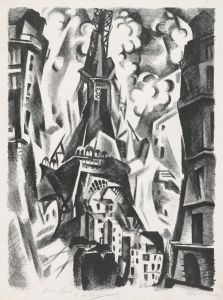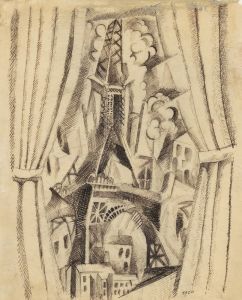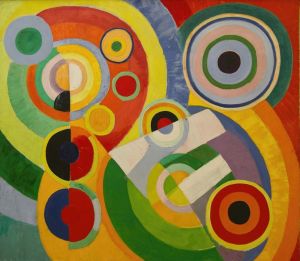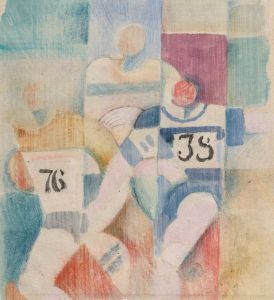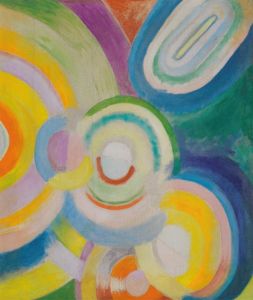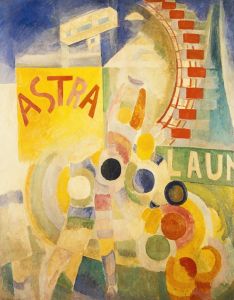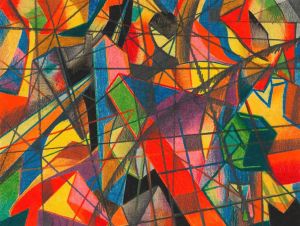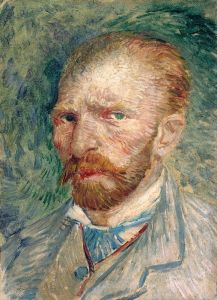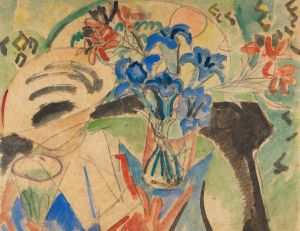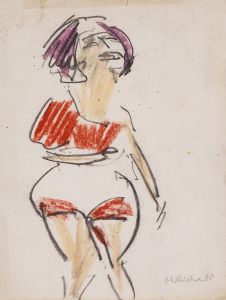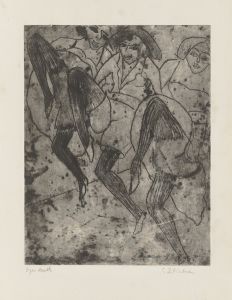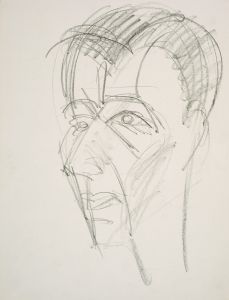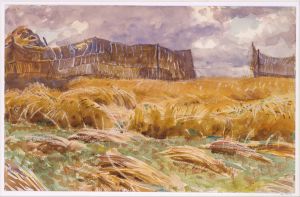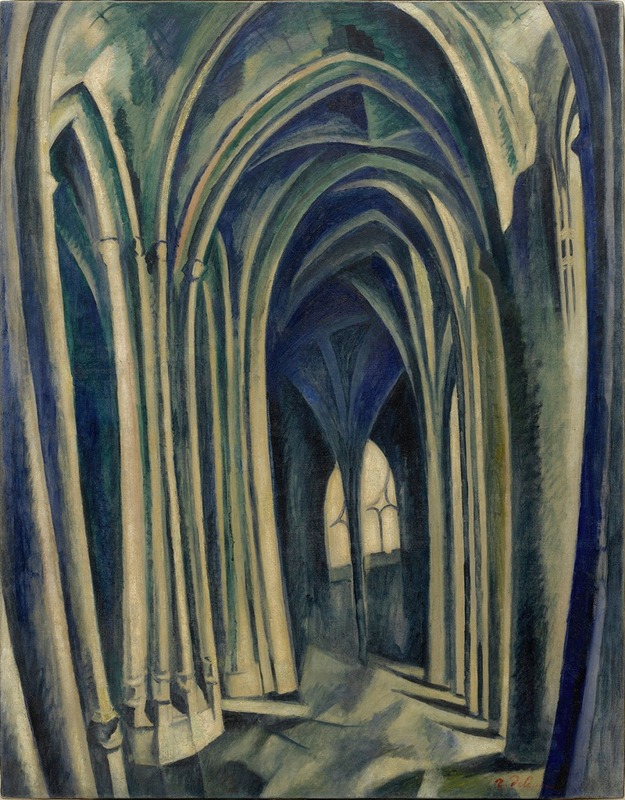
Saint-Séverin No. 3
A hand-painted replica of Robert Delaunay’s masterpiece Saint-Séverin No. 3, meticulously crafted by professional artists to capture the true essence of the original. Each piece is created with museum-quality canvas and rare mineral pigments, carefully painted by experienced artists with delicate brushstrokes and rich, layered colors to perfectly recreate the texture of the original artwork. Unlike machine-printed reproductions, this hand-painted version brings the painting to life, infused with the artist’s emotions and skill in every stroke. Whether for personal collection or home decoration, it instantly elevates the artistic atmosphere of any space.
Robert Delaunay's "Saint-Séverin No. 3" is an important work in the context of early 20th-century art, exemplifying the artist's transition from Impressionism to a more abstract style that would later be known as Orphism. Painted in 1909, this piece is part of a series that Delaunay created, focusing on the Gothic architecture of the Saint-Séverin Church in Paris. The series marks a significant period in Delaunay's artistic development, as he began to explore the interplay of light, color, and form.
"Saint-Séverin No. 3" demonstrates Delaunay's interest in capturing the dynamic qualities of light and its effect on architectural structures. The painting reflects his fascination with the way light interacts with the intricate details of the church's interior, creating a sense of movement and fluidity. This approach was influenced by the Impressionists, who sought to capture the transient effects of light and atmosphere. However, Delaunay's work in this series also foreshadows his later experiments with abstraction and color theory.
In "Saint-Séverin No. 3," Delaunay employs a vibrant palette, using bold colors to convey the spiritual and emotional resonance of the church's architecture. The painting is characterized by its use of fragmented forms and a rhythmic composition, which together create a sense of harmony and balance. This technique reflects Delaunay's interest in the principles of simultaneity, a concept he would further develop in his later works. Simultaneity involves the depiction of multiple perspectives and moments in time within a single composition, challenging traditional notions of linear perspective and static representation.
The Saint-Séverin series, including "Saint-Séverin No. 3," is significant for its role in Delaunay's artistic evolution. During this period, he began to move away from representational art, embracing a more abstract approach that emphasized color and form over realistic depiction. This shift was influenced by his interactions with other avant-garde artists, including his wife, Sonia Delaunay, and the poet Guillaume Apollinaire. Their collaborations and exchanges of ideas contributed to the development of Orphism, an art movement that emphasized the lyrical and expressive potential of color.
"Saint-Séverin No. 3" is also notable for its contribution to the broader context of modern art. Delaunay's innovative use of color and form had a significant impact on the development of abstract art in the early 20th century. His work influenced contemporaries such as Wassily Kandinsky and Franz Marc, who were similarly exploring the possibilities of abstraction and color theory. Delaunay's emphasis on the emotional and spiritual dimensions of color resonated with these artists, contributing to the emergence of new artistic movements that sought to transcend the limitations of traditional representation.
Today, "Saint-Séverin No. 3" is recognized as a pivotal work in Delaunay's oeuvre, exemplifying his transition from Impressionism to Orphism and his exploration of the dynamic interplay between light, color, and form. The painting remains an important example of early modernist experimentation, reflecting the broader artistic and intellectual currents of the time. Through its innovative approach to composition and color, "Saint-Séverin No. 3" continues to be celebrated for its contribution to the evolution of abstract art and its enduring influence on subsequent generations of artists.





